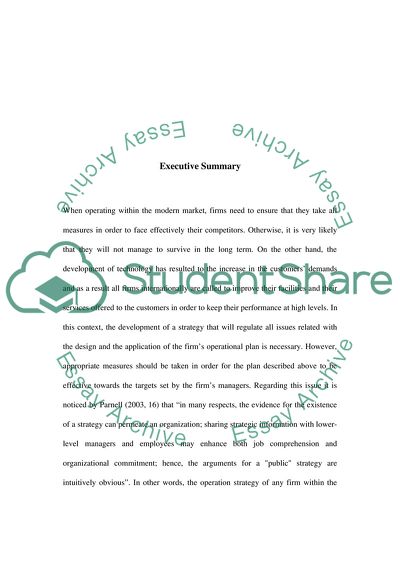Cite this document
(Evaluation of Process Design and Facility Layout in a Service Coursework, n.d.)
Evaluation of Process Design and Facility Layout in a Service Coursework. https://studentshare.org/marketing/1710361-evaluation-of-process-design-and-facility-layout-in-a-service-operation-marks-and-spencer
Evaluation of Process Design and Facility Layout in a Service Coursework. https://studentshare.org/marketing/1710361-evaluation-of-process-design-and-facility-layout-in-a-service-operation-marks-and-spencer
(Evaluation of Process Design and Facility Layout in a Service Coursework)
Evaluation of Process Design and Facility Layout in a Service Coursework. https://studentshare.org/marketing/1710361-evaluation-of-process-design-and-facility-layout-in-a-service-operation-marks-and-spencer.
Evaluation of Process Design and Facility Layout in a Service Coursework. https://studentshare.org/marketing/1710361-evaluation-of-process-design-and-facility-layout-in-a-service-operation-marks-and-spencer.
“Evaluation of Process Design and Facility Layout in a Service Coursework”. https://studentshare.org/marketing/1710361-evaluation-of-process-design-and-facility-layout-in-a-service-operation-marks-and-spencer.


